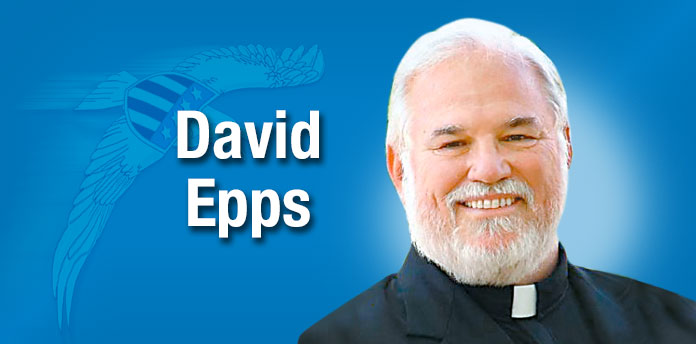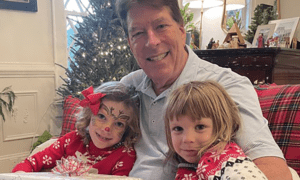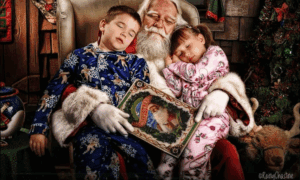Sonya, not her real name, was looking to buy a house. Since she was widowed several years ago, Sonya had completed a rigorous educational program leading to board certification in her chosen field. She has been involved in both domestic and global missions work and has earned her doctorate. She had been on the staff of a hospital and a hospice. She is a professor for a college in Georgia. Now it was time to buy a house.
She and a real estate agent were looking at a home in a quiet area of Coweta County, Georgia. As they exited the car, they noticed a youngish man out walking with his dog. As the agent was going through her keys, Sonya felt something right behind her. It was a dog. A pit bull, she thought at the time. Her friend was terrified. She urged her friend to not show fear.
The dog did not growl, use aggressive posture, or threaten to bite. When Sonya looked at the owner, who was standing in the street, he stared and made no attempt to call his dog. Eventually, the dog trotted back to his owner and the two walked slowly away. With the man continuing to stare at the two women. The two black women. The man was white.
A few days later when Sonya and I, along with others, were in a meeting, the person in charge asked her to tell this story. Reluctantly, she did. A few years earlier, as Sonya and I were at a meeting and having lunch, I asked her where she grew up. She grew up in South Georgia when the treatment of blacks was anything but equal. Hearing those stories hurt my heart.
I grew up in a segregated town in northeastern Tennessee. I remember well the separate water fountains, the separate entrances to the movies, the separate housing, the separate school systems, and the separate seating on the buses. “Separate but equal” was a lie and nearly every adult I knew freely used the “N word” as a noun or an adjective. It was in my sophomore year in high school that integration happened. Since I was on the football team, we integrated a month earlier. That was in the later 1960s.
In 1982, I candidated for the pastor position of a church in rural Alabama. The church was lovely, there was a furnished dwelling, the people were nice, and the meetings went well. The board said that if I was selected, they would put my sons in a private school in the nearby town. When I said that public school was fine for my kids, I was told that the private school was preferable. It happened that all the children and staff in the private school were white. I thought, “Oh, no. say it ain’t so.” I was selected with a 100% vote. We turned it down.
In 1983, we came to Georgia. After we moved here and I announced my plans to help grow the church, which included inviting and welcoming minorities. One man, a leader, privately told me, “I don’t think this church is ready for black people.” Once again, I thought, “Please say it ain’t so.” This time I said to the man, “Well, it is now.”
When I heard Sonya’s story, forty years after moving to Georgia, my heart sank. And I got angry. I even spoke with an experienced police officer who agreed that what happened wasn’t right but, since the dog behaved and since no overt threat was given, the only law that was broken was the leash law. He said, “It’s not against the law to be a rectum” (he used another less family-oriented word).
For several years I have been able to say that, in all my time in Georgia, I have only met one person that I would call an overt racist. Apparently, I now know where to find another. My friend lost interest in the house and in the neighborhood. Too many scabs were ripped off the long-ago wounds that were inflicted by southern bigots. Too many painful memories, suppressed, rose to the surface. Too much sadness interrupted her normal enthusiastic joy.
Sonya is a vibrant and devout Christian and I love her like a sister. All of us around the table that day felt anger, disbelief, and, yes, shame. I want to say, “Say it ain’t so,” but I can’t. Because it is so. At least in the hearts of some people.
I am well aware that massive change has occurred since the 1950s. The water fountains, “colored” entrances, segregated seating on buses, and that which I mentioned earlier are no more. Thank God for that. What some see as the “the good old days” were not seen that way by everyone because those days were not good for every American citizen.
Still, however, the heartbeat of hate still beats. There is still a Ku Klux Klan, still white supremacists, still racist bigots. And, as experienced recently on a rural road in Coweta County, and I fear in many other counties in the South and in other parts of the nation, bigotry and prejudice still exist. I thought there would be a day when my children would see the end of this shame. Now I hope that my grandchildren will see the end of it. If not them, then perhaps my great-grandchildren, the three that are here and the two on the way, will someday be able to honestly say, “It ain’t so, no more.”
[David Epps is the Rector of the Cathedral of Christ the King (www.ctk.life). Worship services are on Sundays at 10:00 a.m. and on livestream at www.ctk.life. He is the bishop of the Diocese of the Mid-South (www.midsouthdiocese.life). He may be contacted at [email protected].]













Leave a Comment
You must be logged in to post a comment.